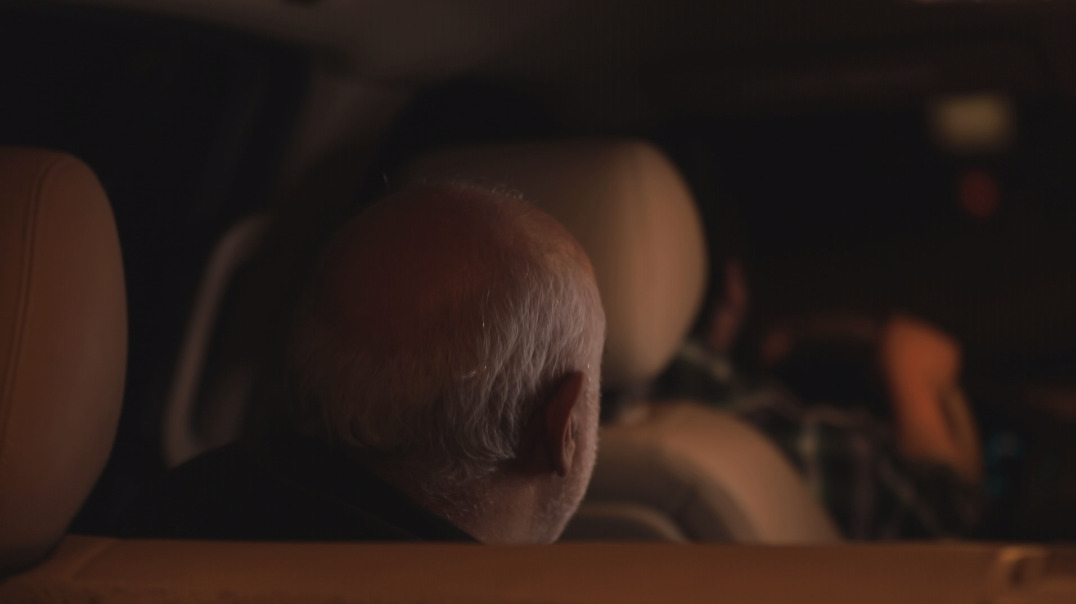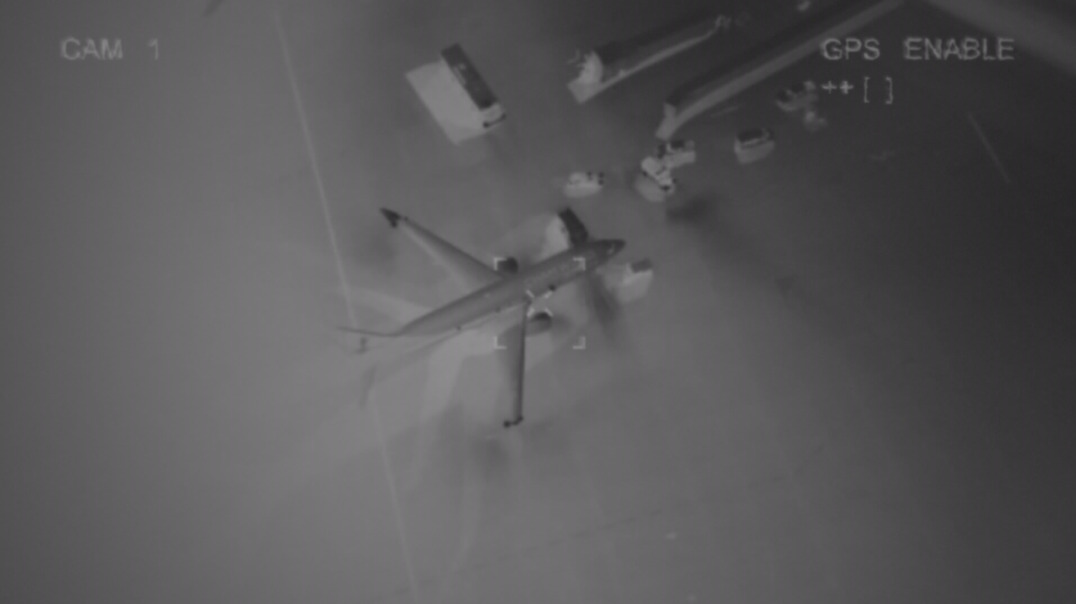Take a look at the documentary “72 Hours” / Bitter details from the dark days + movie

Fars News Agency – Cinema Group: We all remembered those two years. More or less, dilute or concentrated, envious or sad; it does not matter. What has not changed in all our minutes in these two years is the pain of Haj Qassem Soleimani’s separation. A man who was the full manifestation of “dignity” for us and a believable image of a superhero, an unforgettable myth.
Talking about the ideology and character of Sardar Delha has been a common coin of our time for the past two years. From the managers and officials who turned the “Soleimani School” into an administrative-organizational keyword, to the people who keep the memory of Sardar alive with all their being and even hang his picture on the wall in the back alleys of the city. All of us, with all the differences and differences we have, have said a lot about Haj Qasim. But few people have gone to the last days and moments of Sardar’s life. Many ask the question, “How did Sardar Soleimani live?” They have an answer, but few people ask the question, “How did Sardar Soleimani get martyred?” he thinks. The answer to the first question can be obtained from the memories of Sardar’s friends and comrades, but reaching the answer to the second question is not an easy task at all, and the documentary “72 Hours” tries to complete this difficult task.
* A man in the middle of a crisis
Mostafa Shoghi’s new documentary, as its name suggests, narrates the last three days of Sardar Soleimani’s life. Three fiery days at the height of a regional crisis. The “72 Hours” narrative, of course, begins a little earlier, with the escalation of political protests in Iraq and the political crisis in that country.
The first documentary is an unseen portrayal of Sardar Soleimani among some Iraqi political activists, where Sardar in Arabic guides Iraqi politicians through the crisis. At the same time as the political problems in Iraq intensified and the American forces attacked the base of Hashad al-Shaabi (Al-Qaim base), the hard days of the commander in Iraq, Syria and Lebanon begin. Hard days that end in a sweet end for him, and a bitter end for the Iranian people.

* Those anonymous sounds
The most important aspect of the “72 Hours” documentary is breaking some security barriers and confronting some unknown but key military figures. A significant portion of those who narrate the story of those three days in “72 Hours” have no image in the camera frame at all and are addressed by pseudonyms. These anonymous sounds are actually the key to entering the details; Iran’s military advisers in Syria and Iraq, who have been aware of the details of the incident for several days and, as far as security and military considerations allow, tell their own account of the last hours of Sardar Soleimani’s life.
In addition to these fascinating anonymous people, Mustafa Shawqi’s camera is placed in front of Adel Abdul Mahdi, Nouri al-Maliki and a number of high-ranking officials of Hashad al-Shaabi to complete the 72-hour narrative puzzle from the point of view of Sardar Soleimani’s Iraqi hosts. For this reason, if we look, “72 Hours” has more than anything else unique historical values that provide its audience with a comprehensive and relatively complete narrative of all the events and inflammations leading to the martyrdom of Sardar Soleimani.

* A balanced documentary
Talking about the last days of Hajj Qasim’s life is painful in itself and refreshes Sardar. But Mustafa Shoghi, without falling into the trap of extreme sentimentalism and with a clever careful consideration, has saved “72 Hours” from becoming a purely emotional documentary and has created an acceptable balance between the narrative details of the story and the spiritual states of the documentary subject.
In three or four places in the documentary, we see strange and astonishing narrations about the mystical situation of Sardar in the days leading up to his martyrdom, and at the end of the documentary, we shed tears with the current tears of the social deputy “Hashad al-Shaabi” when he describes the story of his encounter with the body of martyrs. The combination of its political and military details of 72 hours with the spiritual atmosphere of Sardar gives a different and balanced composition to this documentary and is considered one of its strengths.

* Clutter from the high volume of interviews
How well the documentary “72 Hours” can communicate with the viewer can be evaluated after its wide screening or television broadcast. Of course, in the first 24 hours, more than 30,000 people watched the documentary on just one platform, and that statistic is impressive. But it can not be ignored that the narrative of “72 Hours” is not designed for viewers who are not the audience of the documentary film profession. The rhythm of the documentary clearly drops in a few minutes, and from time to time, “72 Hours” may seem boring.
The high volume of Arabic interviews and numerous subtitles can also confuse the Persian-speaking viewer and reduce the pleasure of watching the documentary. All in all, despite all these points, we should not forget that the most important achievement of “72 Hours” is the creation of a comprehensive and multidimensional narrative of the last days of our dear Sardar’s life. A narrative that has dared to go to unseen people and provides its audience with mostly unheard details of those days; Bitter details of dark days.
End of message /
You can edit this post
Suggest this for the front page
.

